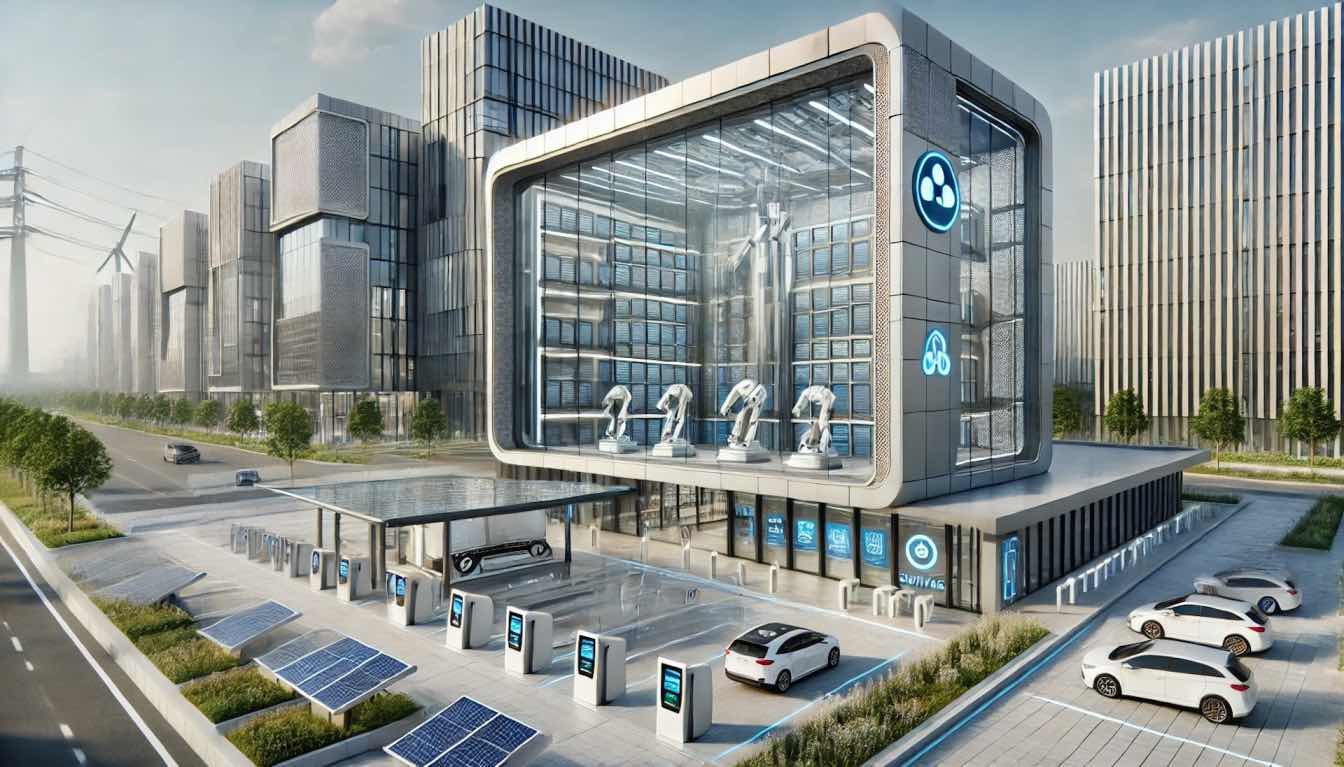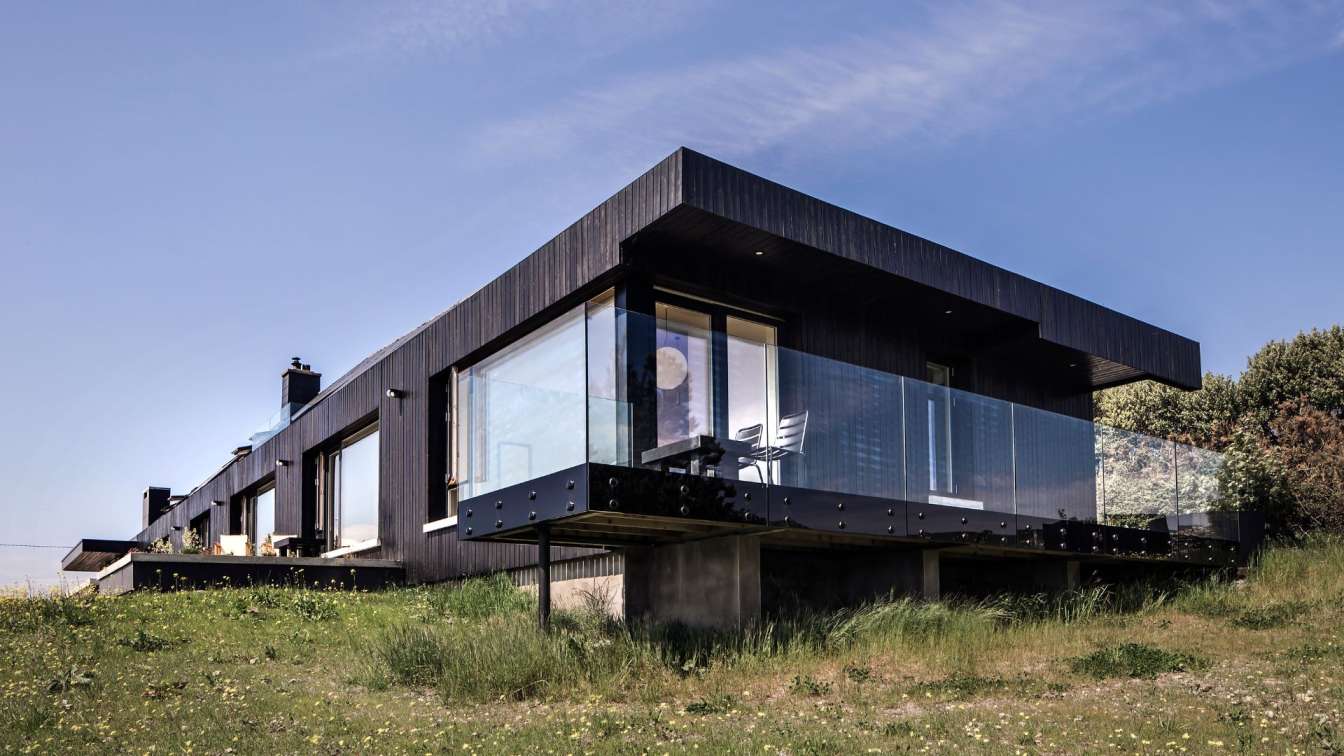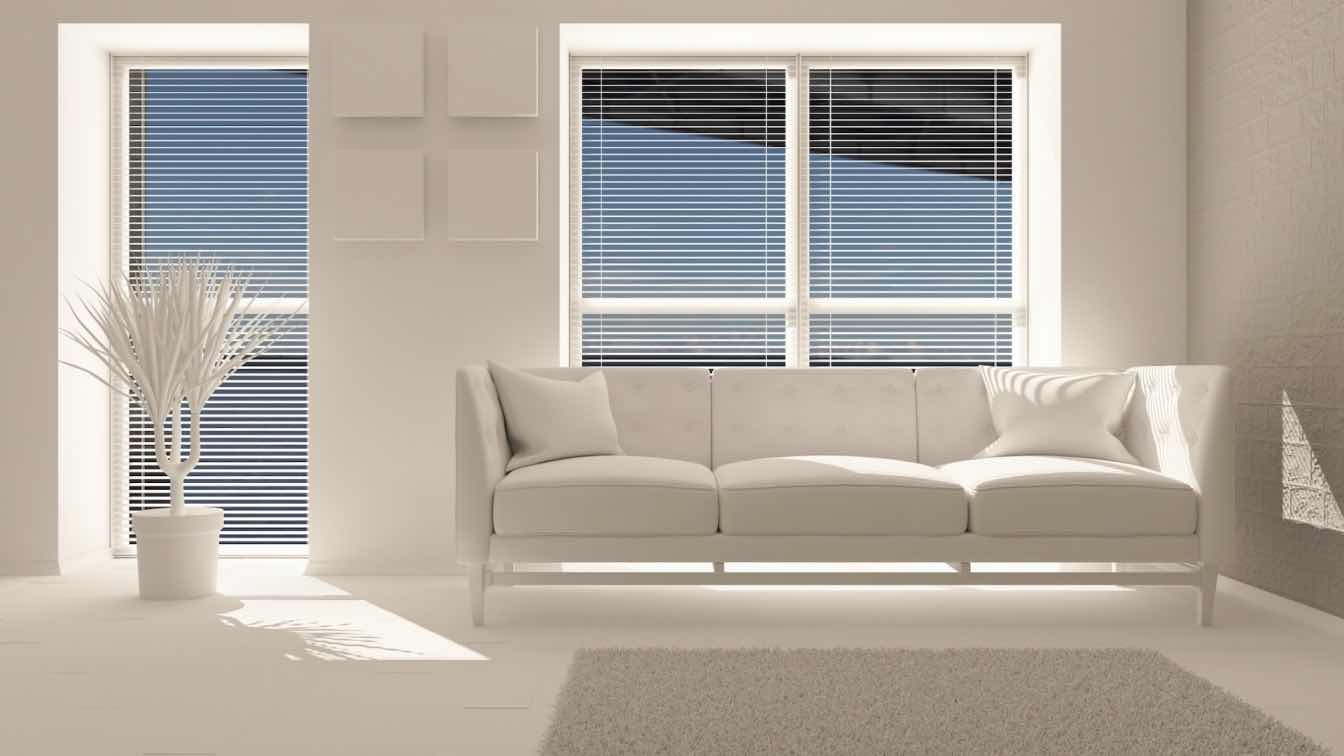Urban living is changing fast, and space is getting more and more valuable.
Because of this, the design of self-storage units is bound to change. From a purely functional perspective, long-term storage units in the future will combine functionality with breathtaking architectural beauty, drawing inspiration from both traditional and modern styles.
Let's look into how futuristic storage facilities can change, providing sustainable, user-friendly spaces that are visually striking.
Brutalism Meets Functionality
Imagine a self-storage facility inspired by Brutalism, featuring bold, geometric forms with raw concrete textures. These designs would embrace minimalism while offering large-scale modularity. The exposed concrete walls could act as insulation to keep energy consumption at a minimum.
The sharp, angular forms that have come to be synonymous with Brutalist architecture would also give onlookers a sense of permanence, helping to reinforce the message that these units are built to protect and preserve.
Architectural Inspiration: Brutalist buildings, such as London's Barbican Centre, show how this style merges rough design with functionality, fitting for storage facilities in the future.
Sustainable Green Roofs and Vertical Gardens
In the future, storage units could also feature eco-architecture with green roofs and vertical gardens. This feature adds to the environmental friendliness of the structures, making them pretty and able to fit well in city environments.
The roofs would support biodiversity by hosting small ecosystems, while vertical gardens could serve as natural insulation, reducing heating and cooling requirements. The combination of greenery and industrial design offers a fresh aesthetic while promoting sustainability.
Architectural Inspiration: Stefano Boeri’s Bosco Verticale in Milan is a prime example of how green architecture can redefine urban spaces.
Glass and Light: The Modernist Touch
Future storage units could have large glass fronts, taking inspiration from modernist architecture. This would allow immense amounts of natural light inside the facilities and minimize the usage of artificial lights during the day.
Glass and metal frameworks interact to form clean, futuristic lines. Inside, clear walls can convey openness to users, making the storage facility an inviting, accessible space.
Architectural Inspiration: The Bauhaus movement and other modernist icons, such as Ludwig Mies van der Rohe's Farnsworth House, demonstrate the awe-inspiring qualities of glass in design.
Modular Minimalism
The minimalist architectural ethos-clean lines, open space, uncluttered design-finds a natural match in the function of self-storage. Pods for the future may be designed to be modular and stackable, thereby optimizing space and flexibility for renters.
This modular approach would meet different needs and give users significant ease of scaling up storage needs. The design for maximum utility should be underlined, with a sleek understated feel.
Architectural Inspiration: Japanese minimalist architecture characterized by harmony and efficiency inspires storage facilities that exude practicality and serenity.
High Tech, Smart Designs
The architecture of future storage units will seamlessly incorporate smart technologies. Touchscreen panels and voice-activated systems could blend into the structure’s design, eliminating the need for bulky hardware.
LED lighting and vibrant accent colours would highlight different sections, helping people navigate more easily within the facility. Inside, storage pods could use digital identification systems for automated retrieval, integrating robotics without compromising the architectural integrity.
Zaha Hadid's fluid, futuristic designs embody the future of technological advancement and aesthetics combined.
Community-Focused Design
Storage facilities may be transformed into several functions that serve the interests of a community. Base some on mixed-use developments, facilities can boast coworking areas, repair shops, and even small event spaces.
Architecturally, this would manifest as the design of communal spaces with inviting warm materials, like wood and textured stone, complemented by industrial elements that would help retain a functional core.
Architectural Inspiration: The High Line in New York achieves this with its repurposed space, bringing communities together and setting a precedent for shared storage facilities.
The Architectural Future of Storage Units
The storage facilities of the future will be far more than warehouses but architectural masterpieces of sustainability, technology, and user-centric design. Inspired by Brutalism, Modernism, Minimalism, and other fresh styles, they will redefine how we think of storing our belongings.
As urban environments grow denser, these futuristic storage units will offer a haven both for people and their possessions, maintaining harmony between aesthetics and utility. Whether it's the clean lines of modernism, the rugged strength of Brutalism, or the lush greenery of eco-architecture, the future of self-storage has never looked more radiant-or more stunningly exquisite.





